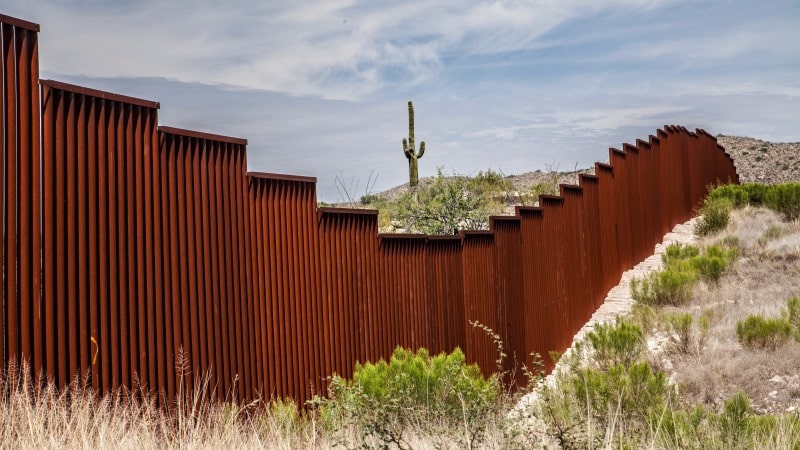
As the partial Federal government shutdown continues with little sign of compromise over President Trump’s demand for border wall funding, the idea of employing more technology to create better border security has crept into greater prominence in discussions of the issue.
The idea of investing in more technology has gained support at the highest levels of talks aimed at ending the government shutdown, especially among Democrats.
“Democrats have always been for smart and effective ways to secure our border. We are pushing for technology, like drones and sensors and inspection equipment. Every single proposal we made to the President included $1.3 billion for border security,” said Senate Minority Leader Chuck Schumer, D-N.Y., during a Senate floor speech on December 22, the first day of the shutdown.
“Everyone agrees we need to keep our borders safe and secure, but it has to be with smart border security, with border security that works, with new technologies that have proven to have worked on the border and at our ports of entry, technologies with new air and marine assets and additional personnel who are needed,” added Sen. Patrick Leahy, D-Vt.
President Trump has been receptive to employing more technology, but has also argued that technology alone cannot secure the border.
“The only way to stop drugs, gangs, human trafficking, criminal elements and much else from coming into our Country is with a Wall or Barrier. Drones and all of the rest are wonderful and lots of fun, but it is only a good old fashioned Wall that works!” President Trump tweeted on December 23.
Nevertheless, Democrats have continued to call for a technological solution instead of a physical wall.
Rep. Ro Khanna, D-Calif., raised the possibility of investing more into border security technology during an interview with Fox News on Sunday.
“[President Trump] should recognize that this is the 21st century. Most people who are here in an undocumented way have overstayed their visas. Where we need the investment is on better technology, better sensors, better enforcement, not on a wall, which is a 15th century idea,” the congressman said.
Khanna noted that his support for using technology instead of a physical wall is in part due to the cost effectiveness of the solution.
“If you’re going to look at what the marginal benefits of investments are, you would get more from funding some of these technology solutions,” he said.
Other members of Congress also have pushed back against the perceived inefficiency of a physical wall in interviews with local media.
“San Diegans want smart, innovative border security–not the wasteful wall that President Trump wants to build as a monument to himself,” said Rep. Scott Peters, D-Calif.
“I think the best thing we can do is better utilize technology, boots on the ground,” said Rep. Greg Stanton, D-Ariz.
The idea of using technology to enhance border security is not a new one. In October 2017, Rep. Will Hurd, R-Texas, proposed the Secure Miles with All Resources and Technology Act, along with a bipartisan coalition of cosponsors, which would have authorized $110 million in annual funding to deploy radar, sensors, drones, and other technology for border security.
